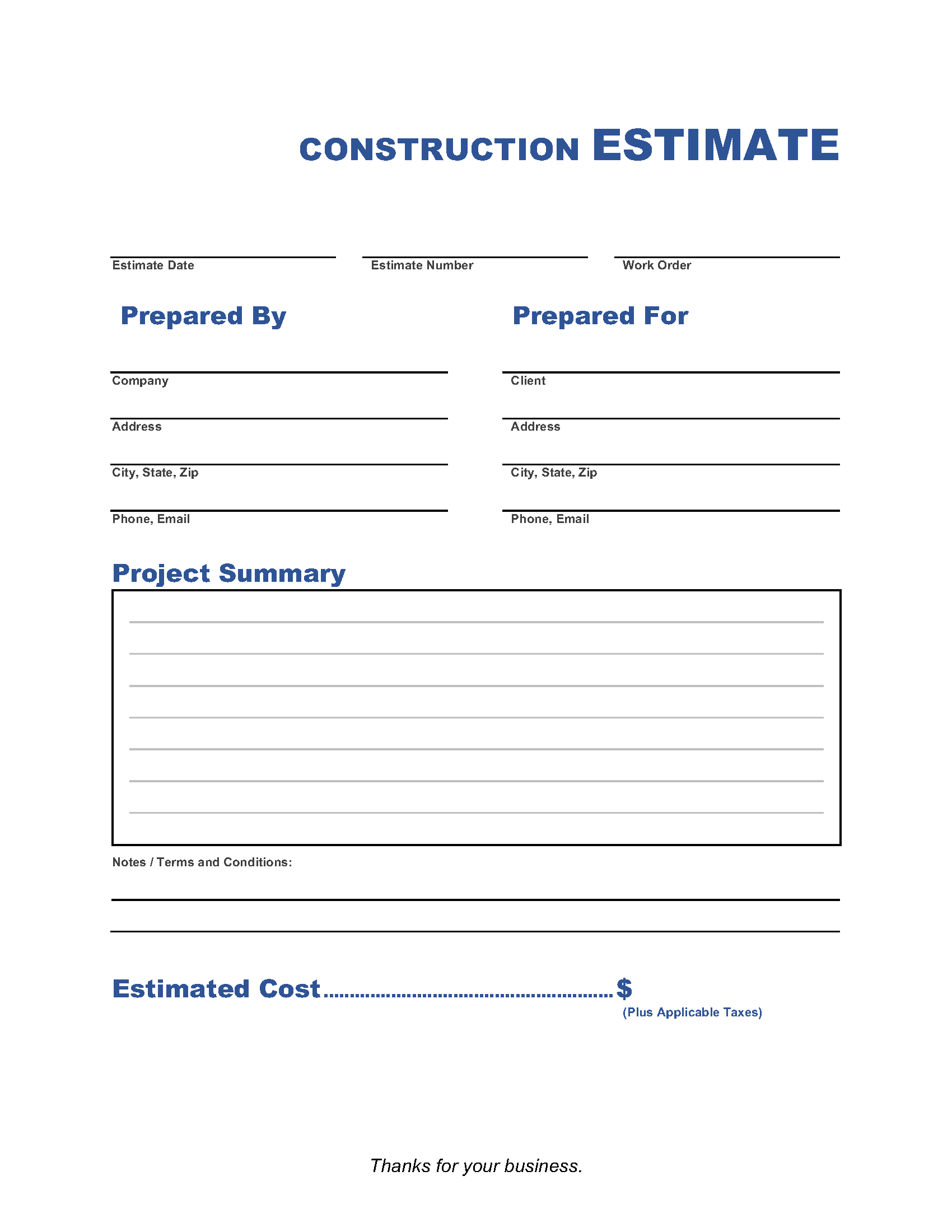How to Create a Construction Estimate
First, you’ll need to determine the scope of the project and the specifications of the client’s desired project, including square footage. You’ll need to calculate the amount of material you’ll need. You’ll need to get quotes or estimates from suppliers of materials and subcontractors, such as electricians and plumbers. Next, you’ll need to factor in the cost of permits and inspections. Finally, you’ll need to factor in the cost of labor and of hiring any equipment needed on the job site.
Where to Find Good Construction Cost Data
RSMeans is the industry-leading producer of price books for estimating. While its cost data books can be pricy, they are also reputable and reliable. Design Cost Data also offers a guide to construction costs for a subscription fee of $169 per year. There’s an option for a 30-day free trial.
What is Stick Estimating?
Stick estimating involves counting every piece of material and every hour of labor. This is a time-consuming, laborious process, but tends to produce accurate estimates that aren’t disputed by clients later in the construction process.
What is Unit Cost Estimating?
Unit cost estimating is far quicker than stick estimating. This is based on a formula that considers the number of units and multiplies this figure by the cost per unit. Relative to the stick method of estimation, unit cost estimating carries a much larger margin of error.
What is a Contingency?
Most construction estimates factor in a contingency, which is an amount of money set aside to cover unexpected costs that arise as the project proceeds. This is common in construction projects, which often face issues ranging from delays because of rain or difficulty procuring a specific material. A typical contingency is 5-10% of the total budgeted cost.
What is a Markup?
A markup is a percentage added to a budget for a construction project intended to ensure a contractor makes a profit. Markups vary from contractor to contractor and can range from 7.5% to 20%.
What to Include in a Construction Estimate
- Contractor’s contact information
- Description of the job
- Estimated cost of materials (includes markup)
- Estimated time to completion of project (i.e. number of billable hours)
- Estimated cost of labor
- Contingency fee
- Payment terms
